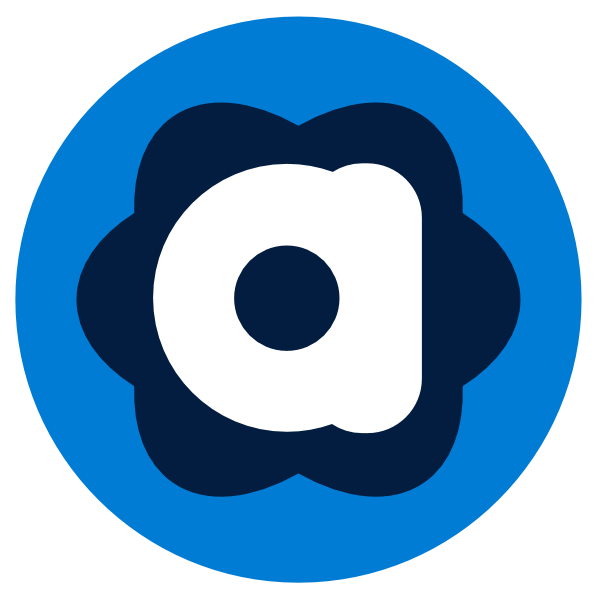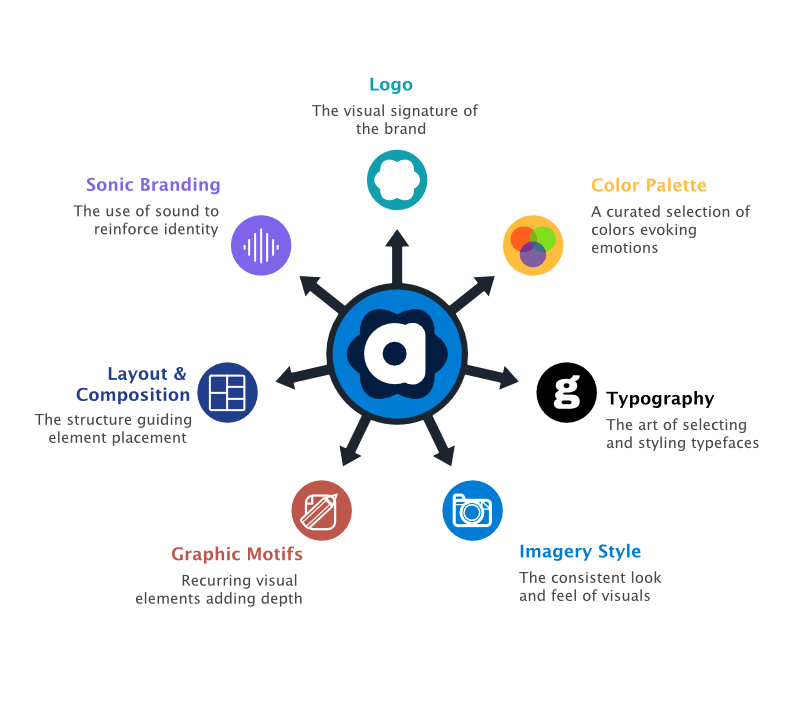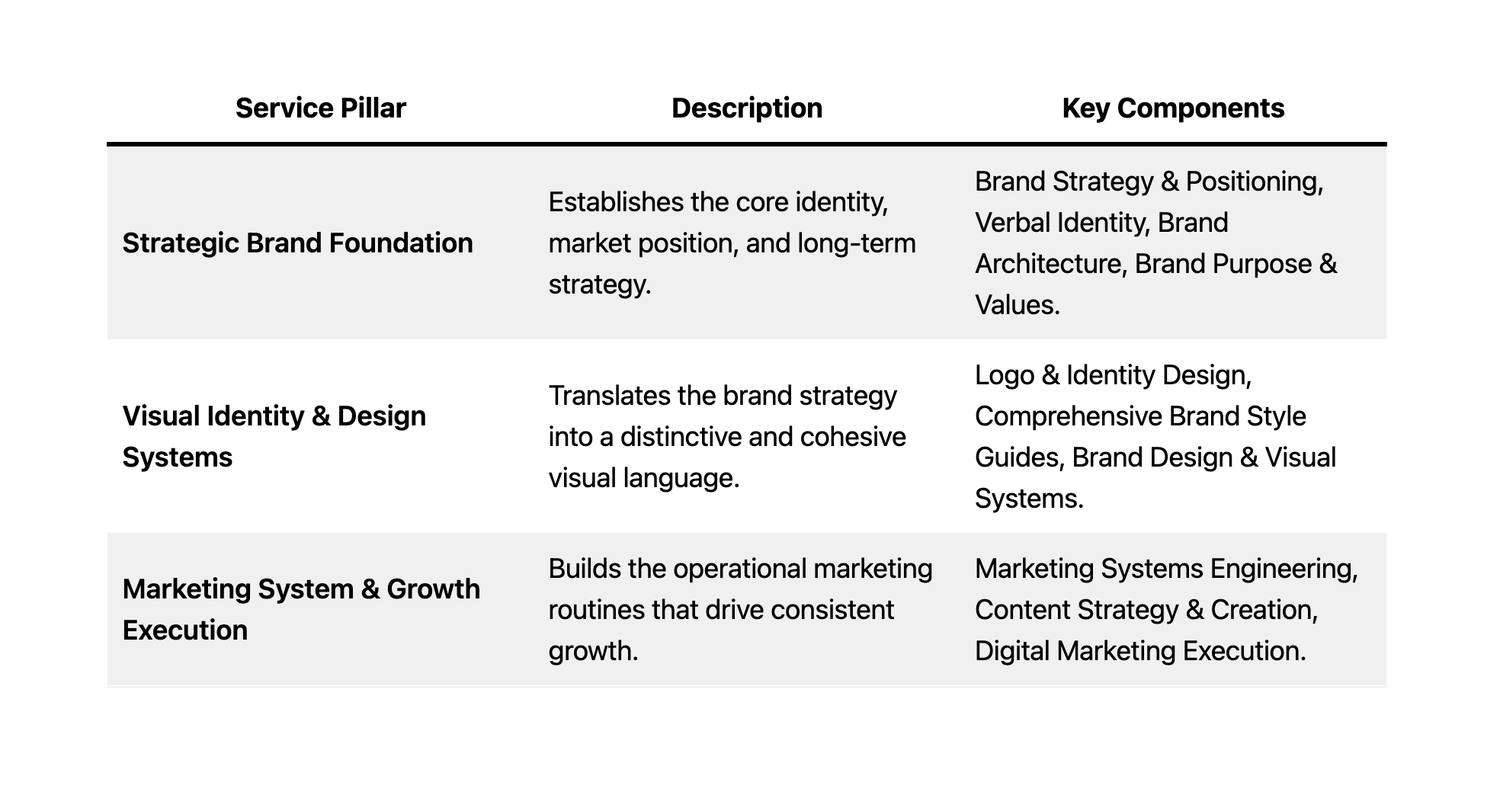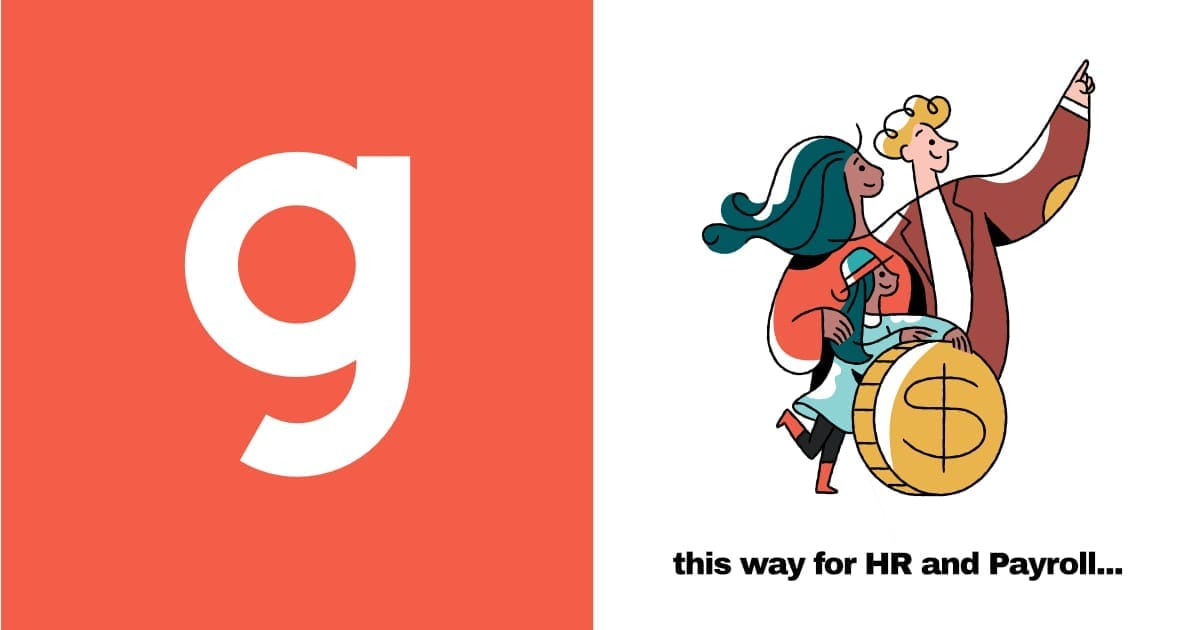
Deliverables
Visual Branding Systems

Atrium Chorus, bridges high-level brand strategy with practical marketing systems, the service offering is structured into three core interdisciplinary areas:

Building a brand project
Think of it as building a house: you need the architectural plans (strategy) before you design the interior (identity) and then finally build the furniture and landscape (collateral).
Phase 1: Core Strategy & Foundation
(The "Why" Before the "What")
This phase is about discovery and defining the brand's essence. It's the blueprint that guides all visual decisions.
Brand Strategy Workshop: A facilitated session with key stakeholders to uncover the brand's purpose, vision, mission, and values.
Target Audience Analysis: Defining the ideal customer demographics, psychographics, and behaviors.
Competitive Landscape Analysis: Researching competitors' visual identities to identify opportunities for differentiation.
Brand Positioning: Defining the unique space the brand occupies in the market and the minds of consumers.
Brand Voice & Messaging: Establishing the personality and tone of the brand's communication (though this often overlaps with copywriting).
Deliverables: Brand Strategy Document, Creative Brief, User Personas.
Phase 2: Visual Identity Design
(The Tangible "Face" of the Brand)
This is the core creative work that most people associate with branding.
Logo Design: The central mark of the brand. This service often includes:
Primary Logo
Secondary Logo (or brand mark)
Submarks & Favicons (simplified versions for small spaces)
Color Palette: Selecting a primary and secondary set of colors that evoke specific emotions and ensure recognition. This includes defining HEX, RGB, CMYK, and Pantone values.
Typography (Fonts): Choosing a primary and secondary typeface (or font family) that reflects the brand's personality and ensures readability across mediums.
Imagery & Photography Style: Defining the style of photography and imagery the brand will use. This can include:
Art Direction: Guidance on lighting, composition, and subject matter.
Iconography: A custom set of icons that share a consistent style.
Patterns & Textures: Developing supporting graphic elements that add depth and texture to branded materials.
Deliverables: A full Brand Style Guide (or Visual Identity Guidelines) that documents the rules for using all the elements above.
Phase 3: Brand Collateral & Application
(Bringing the Brand to Life)
This is where the visual identity is applied to tangible (and digital) items.
Print & Stationery Design:
Business Cards, Letterhead, Envelopes
Presentation Templates (PowerPoint/Google Slides/Keynote)
Brochures, Flyers, Signage
Digital Design:
Social Media Graphics (cover photos, post templates, story templates)
Email Newsletter Templates
Website & App UI Design (often a separate, more technical project, but it must be guided by the brand system)
Digital Ad Banners
Deliverables: The actual designed files for all the items listed (.AI, .PSD, .INDD, .PPTX files, etc.).
Phase 4: Advanced & Specialized Assets
(Going Deeper and Building the World)
Not every project needs these, but they are crucial for many established brands.
Brand World & Illustration System: Creating a unique, ownable style of illustration that can be used across all touchpoints.
Motion & Sound Identity: Defining how the brand moves and sounds.
Animated Logo Stings
Motion Graphics Templates for video content
Sonic Logo (a short audio cue) or Brand Soundscapes
Packaging Design: Applying the visual identity to physical product packaging, considering materials, form, and print techniques.
Environmental & Experiential Design: Translating the brand into physical spaces (office interiors, trade show booths, retail stores).
Deliverables: Animation files, sound files, packaging mockups, environmental design mockups.
Phase 5: Implementation & Management
(Ensuring Long-Term Consistency)
Brand Guidelines Development: Creating a comprehensive, easy-to-understand document (often a PDF or microsite) that shows everyone how to use the brand assets correctly. This is the single source of truth.
Asset Management: Organizing and supplying all final logo files, fonts, and graphics in various formats for different users (e.g., print vendors, web developers, social media managers).
Brand Training: Conducting workshops with internal teams or partners to ensure they understand and can correctly implement the new brand identity.
Deliverables: Final Brand Guidelines PDF, organized folder of digital assets, training session.
How These Services Are Typically Bundled
Agencies and designers often package these services into tiers:
Starter Package (for small businesses/startups):
Logo Design
Basic Color Palette & Typography
Simple Stationery (Business Cards)
Basic Brand Guidelines (one-page PDF)
Comprehensive Brand Identity (for growing businesses):
All of Phase 1 & 2 (Strategy + Full Visual Identity)
Key Collateral from Phase 3 (e.g., Presentation Template, Social Media Kit)
Detailed Brand Guidelines
Enterprise-Level Branding (for large organizations):
All services from Phases 1-4, often with a dedicated team for strategy, design, and implementation.
Extensive Brand Guidelines and global rollout management.
Subscribe now.
Sign up for our newsletter to get the most interesting stories of the day straight to your inbox before everyone else
ABOUT
Visual Communication Services: Empowering entrepreneurs and businesses to cultivate a cohesive and impactful brand identity that elevates their lifestyle and bottom line.
Created with ©systeme.io• Privacy policy • Terms of service
